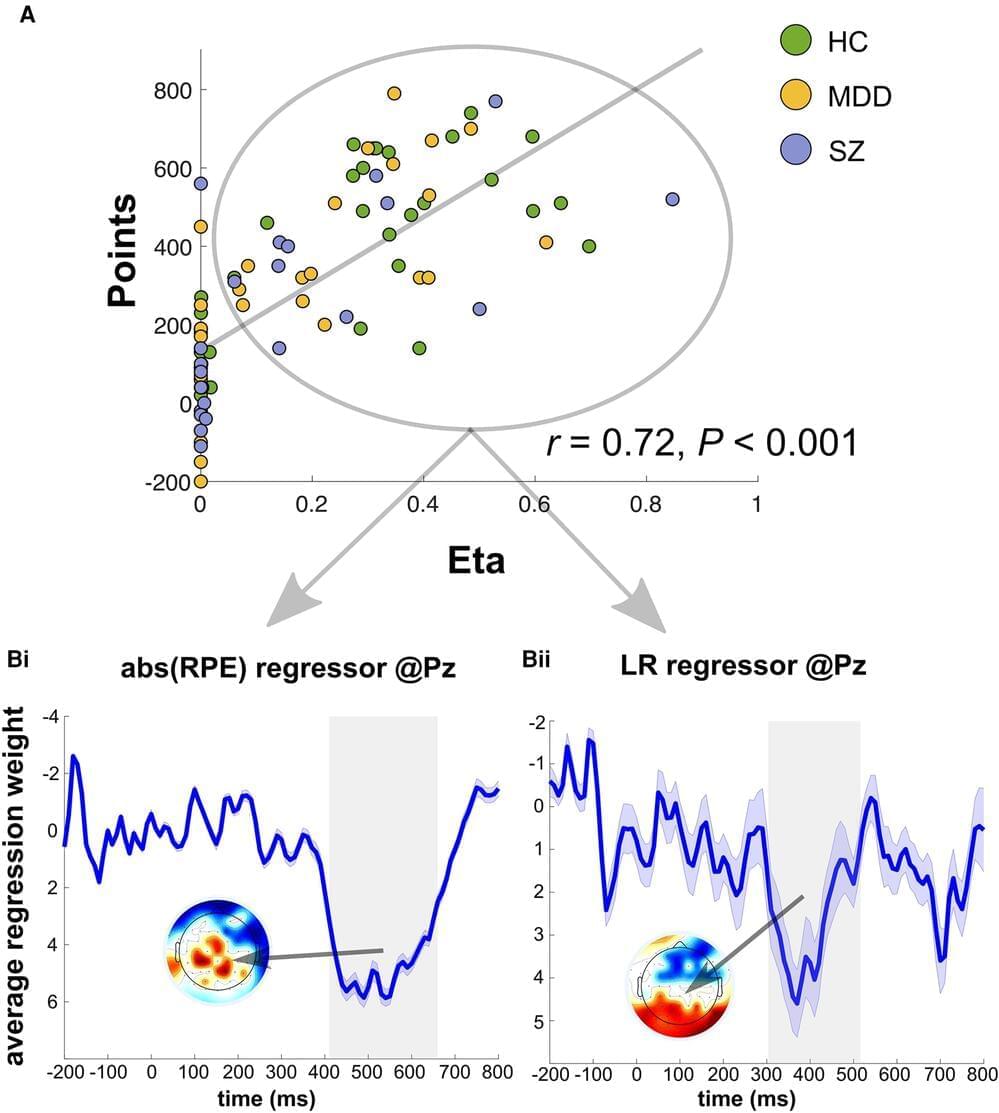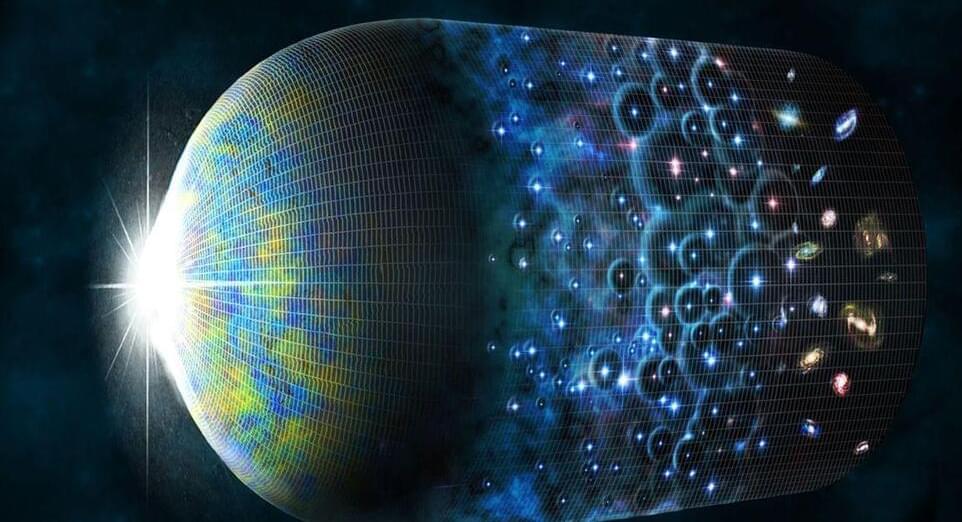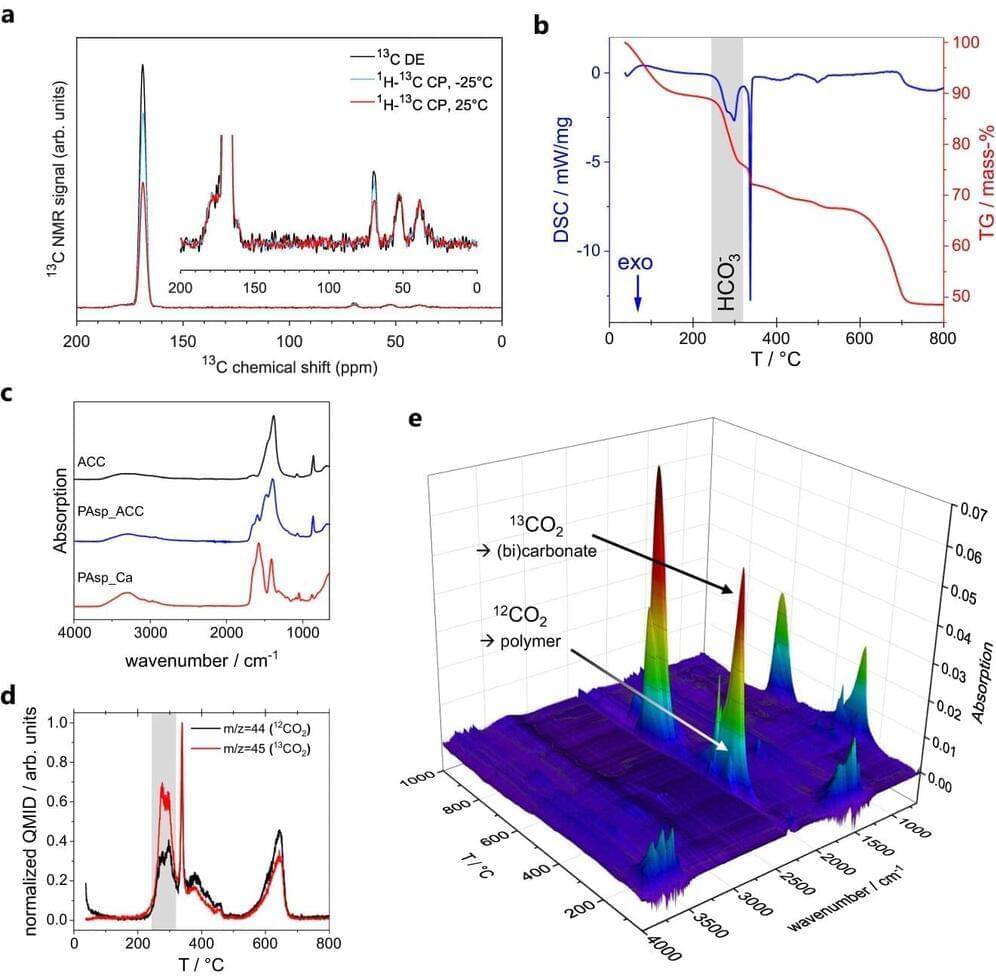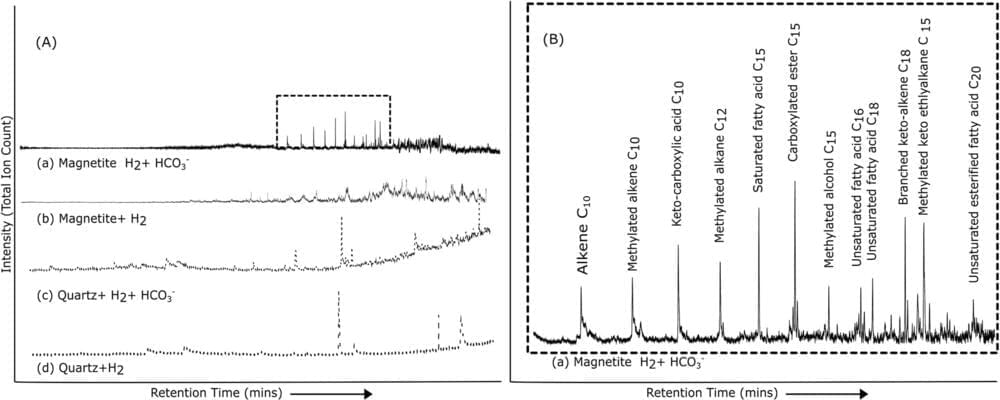Jan 13, 2024
Solar-powered airship will circle the world non-stop without fuel
Posted by Quinn Sena in categories: finance, solar power, sustainability, transportation
Zero-emissions long-distance aviation is absolutely possible… Provided you’re not in a hurry. Solar Airship One will take 20 days to fly all the way around the equator, some 40,000 km (~25,000 miles), in a single zero-emissions hop.
The 151-m (495-ft)-long airship will have its entire upper surface covered in solar film – some 4,800 square meters (51,700 sq ft) of it, or about nine-tenths of an NFL football field for those of you who prefer the standard units.
Continue reading “Solar-powered airship will circle the world non-stop without fuel” »


















